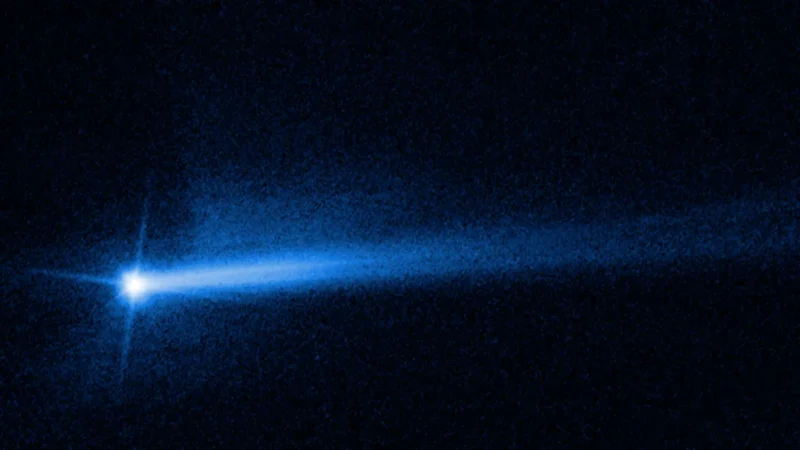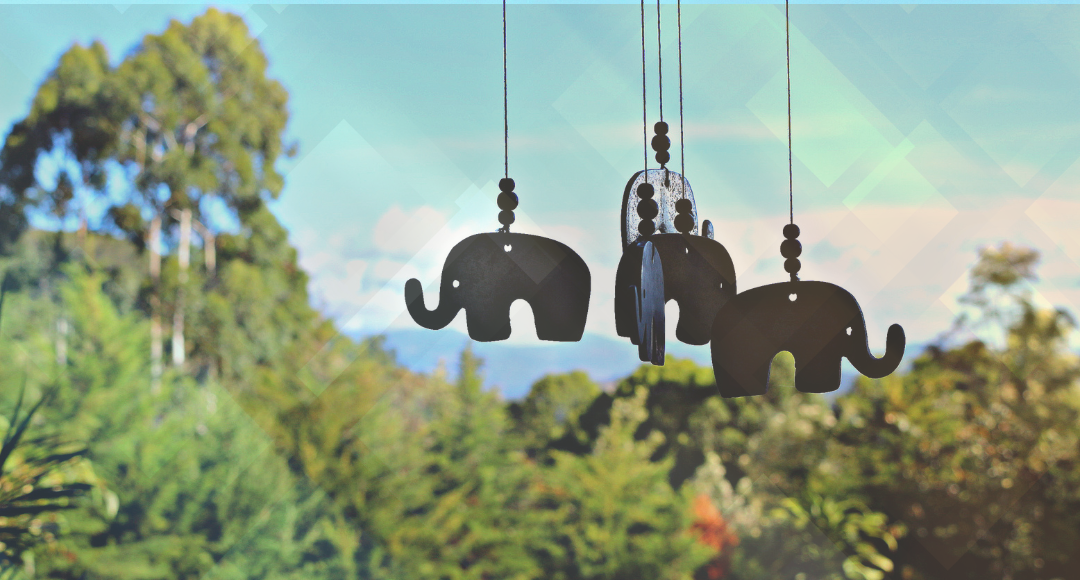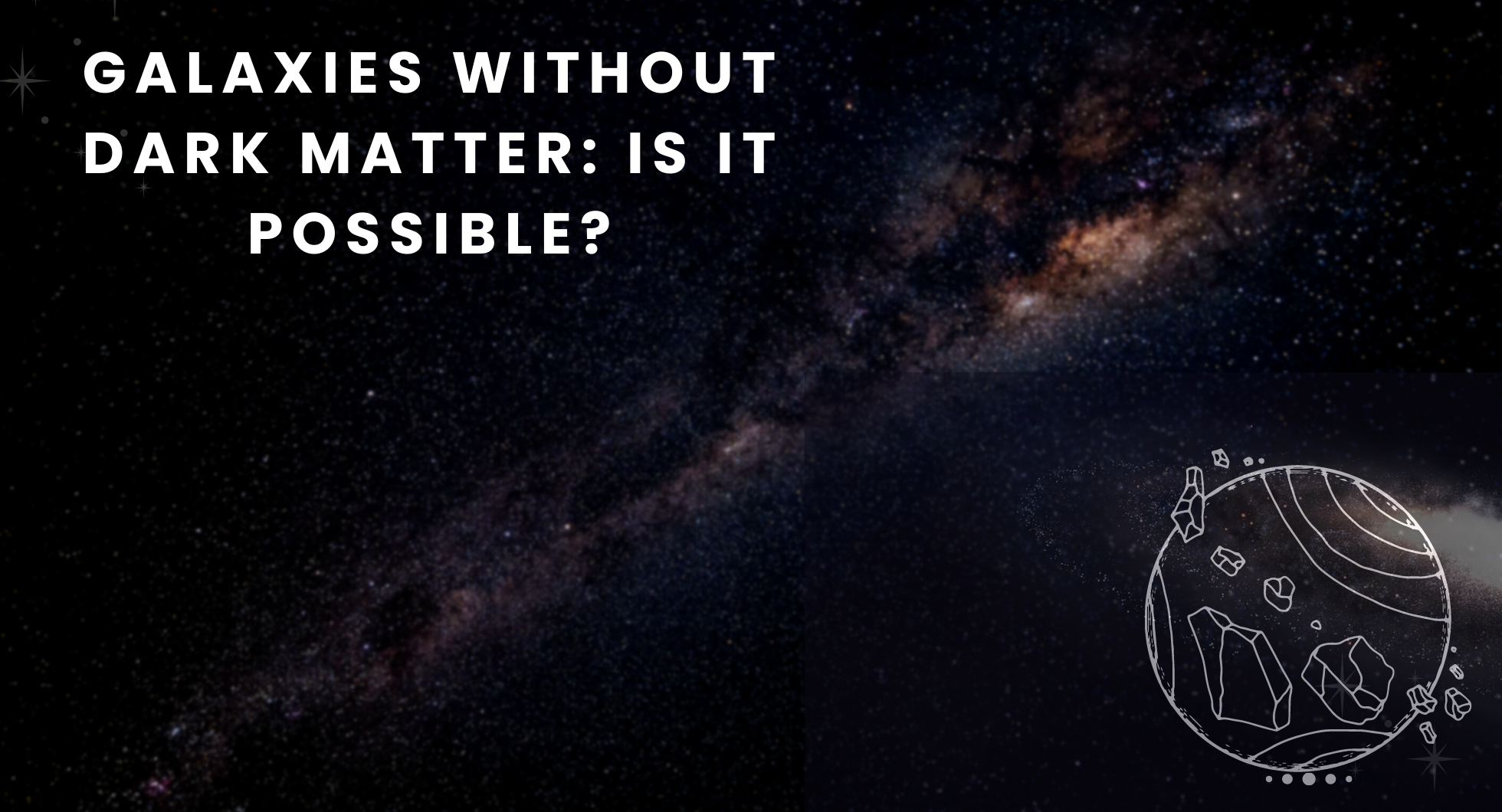Hubble captures an “unexpected” twin tail produced by NASA’s spacecraft asteroid impact

NASA’s asteroid spacecraft collision last month had some surprising consequences. A stunning image of the Didymos-Dimorphos asteroid system was taken by the Hubble Space Telescope after the course of the pair of asteroids was successfully redirected by NASA’s Double Asteroid Redirection Test (DART) on September 26.
The new capture is the first of Hubble’s 18 observations of the asteroid since the impact event to reveal an unexpected and startling development: a double tail of debris is emerging from the asteroid system, according to a news release.
The new image, released on Thursday, October 20, comes just a few days after NASA announced that its DART mission had successfully changed Dimorphos’ orbital period. Dimorphos is part of the Didymos double asteroid system, and it orbits the larger Didymos asteroid. The orbital period is the amount of time it takes for the smaller space rock to complete one complete orbit around the system.
The results of NASA’s planetary defense tests indicate that we should be able to slam a spacecraft into a hypothetical hazardous asteroid to alter its trajectory and prevent it from colliding with Earth.
NASA posted on Twitter that “experts expected the ejecta to expand and fade in brightness as time went on after impact. However, the twin tails are a surprising development.
According to another NASA and European Space Agency statement, repeated Hubble observations over the last few weeks have allowed scientists to present a more complete picture of how the system’s debris cloud has evolved over time.
As the statement continues, the observations show that the ejected material, or “ejecta,” expanded and faded in brightness as time passed after impact, largely as expected.
Although similar behavior is common in comets and active asteroids, the twin tail is an unexpected development. The Hubble observations have produced the best image of the double-tail to date, according to the statement.
What next?
More observations and analysis will be conducted by scientists to better understand how the split tail formed and whether it is relevant to DART’s overall mission. NASA stated that the northernmost tail is the most recent creation.
The DART mission will not be the only one to send a spacecraft to the Didymos asteroid system. In four years, the European Space Agency (ESA) aims to have three spacecraft from the Hera mission conducting follow-up investigations to cover all bases and investigate the long-term effects of the DART mission.
Soon after the DART spacecraft clashed with its target, Hubble began taking images of the Didymos asteroid system. The asteroid was also captured on camera by the space observatory at the same time as the James Webb Space Telescope, marking the first time the observatories worked together.
NASA’s DART mission was of great significance as the planetary defense mission intentionally altered the trajectory of an asteroid in space for the first time in history.
Auto Amazon Links: No products found.


